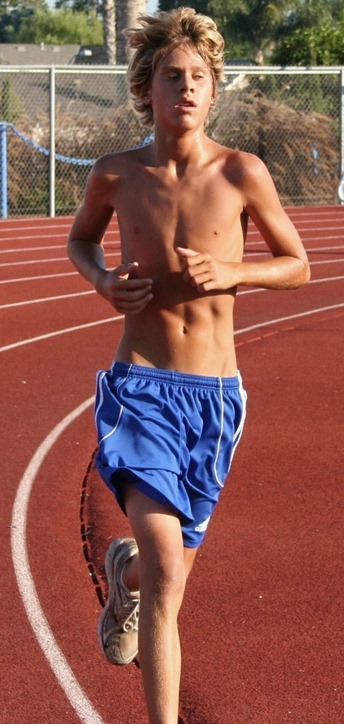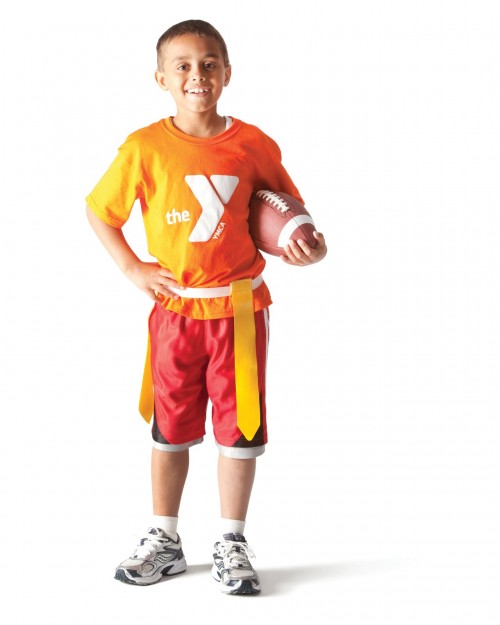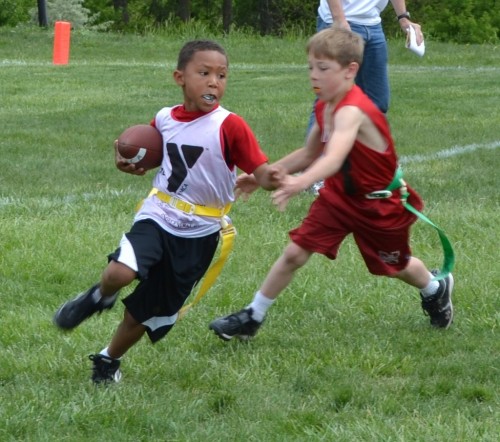How To Kill A Child Athlete
They’ve turned the school bells back on and children are coming in for football sports physicals.
Football has been called the most deadly of all childhood sports. It really shouldn’t be much of a suprise when you consider what really goes on on the field.
One of the best lectures that I have ever attended was one entitled “seven ways to kill an athlete.”
This lecturer had analyzed, over an extended period of time, childrens’ sports injuries that had resulted in death.
There were several things which seemed to be the cause of almost all the deaths.
The top three are: withhold fluids, tell them to “stick ’em” (ramming head on) and allowing mismatch of opponents.
 The body at rest produces enough heat to maintain a fairly high temperature; and, there are extensive bodily mechanisms designed to keep it within one or two critical degrees of 98.6 Fahrenheit.
The body at rest produces enough heat to maintain a fairly high temperature; and, there are extensive bodily mechanisms designed to keep it within one or two critical degrees of 98.6 Fahrenheit.
During exercise excess heat is built up which is dissipated by radiation, convection, conduction, and evaporation of sweat.
If the environmental temperature is above 80 degrees Fahrenheit the first three processes are not effective. Evaporation of sweat becomes the single most important factor to cool the body.
When both environmental temperature and relative humidity are high, even evaporation becomes ineffective too.
Strenuous exercise when air temperature is over 80 degrees Fahrenheit and relative humidity is above 60 percent is so hazardous that practices and games (especially for children) should be seriously curtailed.
Above 90 with that high of humidity and the games should probably be cancelled or rescheduled. After all no “win” is worth the damage to a child that most likely will occur above these levels.
Anything which interferes with the bodys’ ability to sweat, like lack of water, too much salt, and certain diseases, can be lethal.
Sports physicians for Olympic and professional athletes have designed acclimatization programs for athletes who are going to participate in warm weather.
All of these programs include starting slowly, progressively increasing the activity and the amount of clothing worn, and a ten minute break every twenty minutes with unlimited fluids.
Only the inexperienced and untrained coaches tell their players “no water, you’ll get gut aches.” Abdominal cramping comes usually from swallowed air or inadequate breathing practices.
STICKING has no place in children’s sports what-so-ever. To lower ones head and ram the opponent with your helmet serves no purpose in an intelligent society.
The pro’s realize that if they hit hard and injure their opponent, it decreases their effectiveness. That mentality, however, has no place when dealing with children – whether for school pride or not!
In football nearly the entire body is either padded or protected except the neck! Studies have shown that head on collisions can develop several hundred pounds of force across the neck, which easily severs or damages the spinal cord. That, but eh way, is irreparable.
 The danger of mismatching size of competitors in contact sports should be intuitively obvious.
The danger of mismatching size of competitors in contact sports should be intuitively obvious.
Not all children grow at the same rate, therefore teams in contact sports should be set up, not with age group classification, but rather by size.
A “ringer” on the other team that outweighs everyone by twenty or thirty pounds is not just a “sneaky” infraction of the rules; it’s dangerous.
I discuss all of the above three problems with every child I examine for their pre-participation examination.
Children should be taught the above dangers and that they should not allow anyone (including an adult) to put them in these types of situations.
There are other dangers inherent to each individual sport which also should be discussed during a sports physical. In addition to topics like: nutrition, training, injury treatment, carbohydrate loading, weight gain and loss, and other things specific to each individual player and sport.
Advertisement by Google
(sorry, only few pages have ads)

